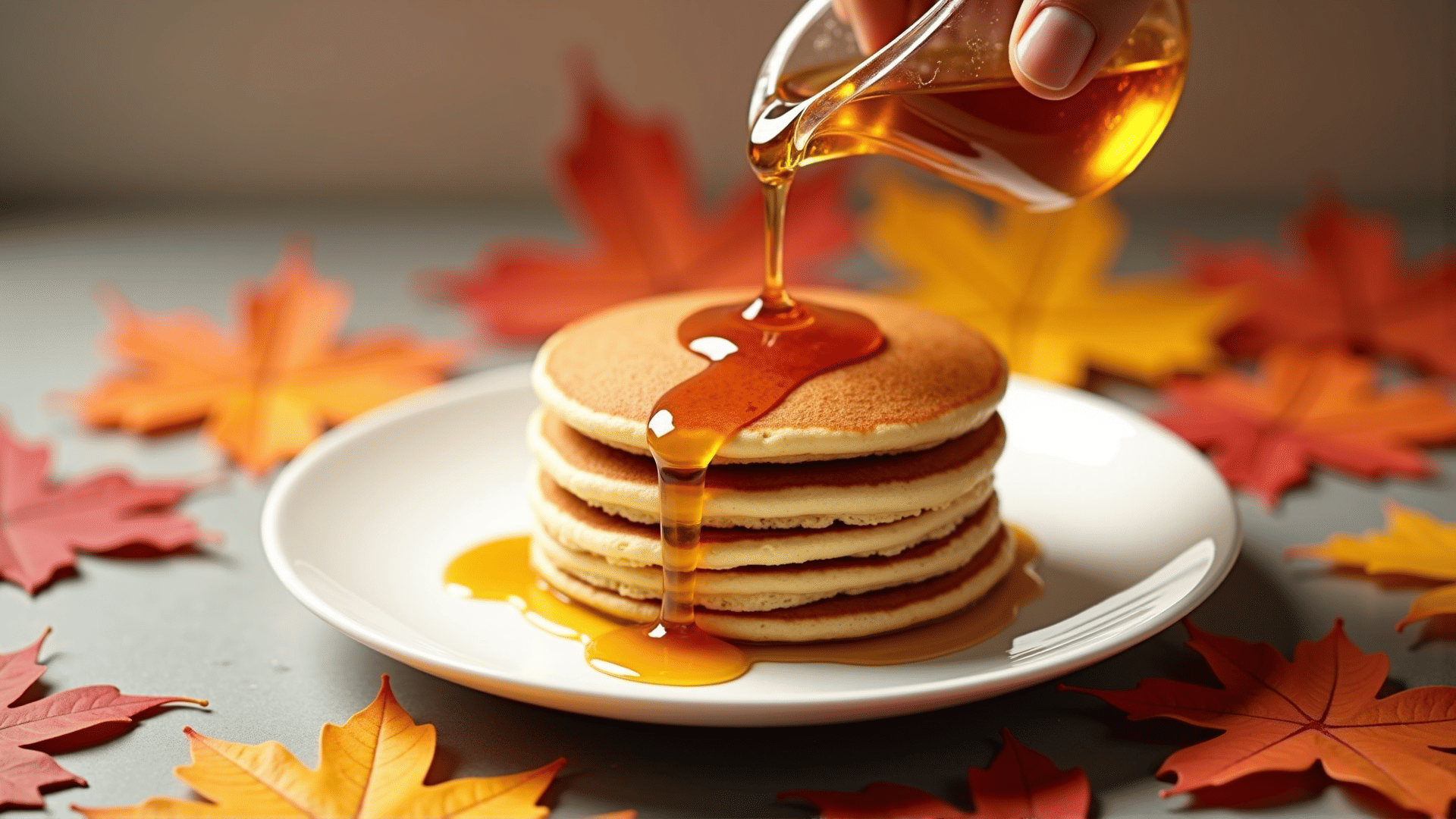Maple syrup is not just a beloved breakfast companion; it's a symbol of cultural heritage and culinary artistry that has captured the hearts and palates of people worldwide. This golden elixir, predominantly produced in Canada, weaves a tapestry of tradition, innovation, and gastronomy that is as rich as its flavor.
The history of maple syrup is steeped in the lore of Indigenous communities in North America, where the practice of tapping maple trees likely began centuries ago. These early inhabitants discovered the sap's potential as a natural sweetener and developed techniques for collecting and reducing it into syrup through boiling. This indigenous knowledge laid the groundwork for modern syrup production, blending age-old techniques with contemporary practices.
Canada stands at the forefront of the maple syrup industry, with the province of Quebec accounting for approximately 70% of the world's production. The process begins in the early spring when the temperatures alternately freeze and thaw, creating the perfect conditions for sap flow. Farmers tap the trees, a tradition that speaks to an intimate knowledge of the land and its cycles. Once collected, the sap is boiled down, transforming it from a watery liquid into the decadent syrup enjoyed on pancakes worldwide.
Yet, the allure of maple syrup extends beyond its role as a breakfast staple. It is an ingredient of versatility, capable of enhancing both sweet and savory dishes. Chefs and home cooks alike have embraced maple syrup for its ability to impart a delicate sweetness and depth of flavor. In baking, it serves as a natural sweetener in cookies, muffins, and cakes, while its caramel-like notes elevate marinades and glazes for meats and vegetables.
For culinary explorers keen to incorporate maple syrup into their repertoire, the possibilities are endless. A drizzle over roasted root vegetables can infuse them with a glossy sheen and subtle sweetness, while a splash in vinaigrette adds complexity to salads. Maple-glazed salmon or pork can transform a weekday dinner into a gourmet experience, showcasing the syrup's ability to harmonize with a range of ingredients.
Desserts, too, bask in the glow of maple's magic. Maple tarts, a nod to the classic butter tart, encapsulate the syrup's rich, buttery flavor within a flaky pastry shell. Maple ice cream, either homemade or sourced from artisans, offers a frozen exploration of its intricate taste profile. Even beverages benefit, as cocktails featuring maple syrup introduce a touch of sophisticated sweetness.
Maple syrup's cultural significance in Canada extends beyond the dining table. Festivals across the country, such as the famed Cabane à Sucre (sugar shack) events, celebrate the sugar season with traditional music, dance, and copious maple treats. These gatherings spice up the visual charm of snow-laden landscapes with the warmth of community and shared indulgence, highlighting the syrup not just as food for the body, but food for the spirit and soul.
In forging connections between past and present, tradition and innovation, maple syrup tells a story that is quintessentially Canadian yet universally appealing. As we savor each amber drop, we celebrate the land, the history, and the creative culinary potential that makes maple syrup truly magical.
